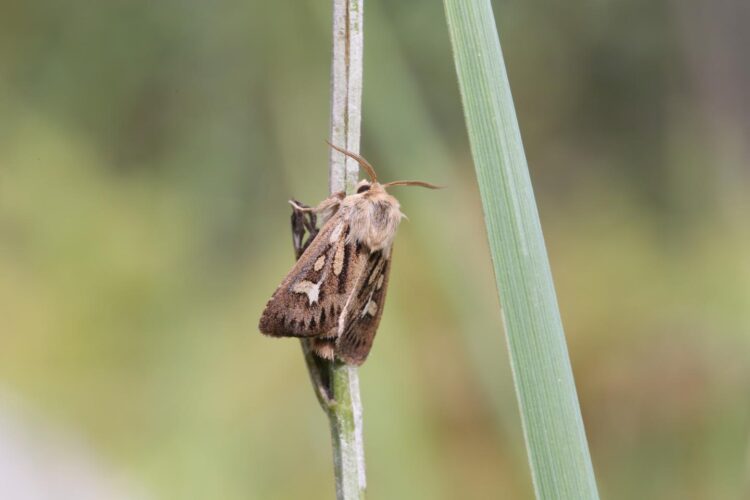Climate change exerts great pressure for change on species and biodiversity. A recent study conducted by the University of Helsinki and the Finnish Environment Institute indicates that the few moth and butterfly species (Lepidoptera) capable of adjusting to a changing climate by advancing their flight period and moving further north have fared the best in Finland. In contrast, roughly 40% of Lepidoptera species have not been able to respond in either way, seeing their populations decline.
Climate change is bringing about rapid change in Finnish nature – can species keep up with the pace? Adjusting to climate change can manifest through earlier phenology such as moth and butterfly flight periods, bird nesting, or plant flowering taking place earlier than before. Species can also adjust by shifting their range further north, as individuals relocate to new areas where conditions have become favourable.
The researchers emphasise that, to preserve biodiversity as climate change intensifies, it is of utmost importance to ensure sufficiently extensive, interconnected and habitats of high-quality which make it possible for species to adjust to the challenges generated by climate change.
The study carried out by the University of Helsinki and the Finnish Environment Institute compared temporal shifts in the flight period of 289 moths and butterflies and spatial shifts in their northern range boundary, as well as changes in abundance over a roughly 20-year period.
“Roughly 45% of the species that we studied had either moved northward or advanced their flight period,” says Postdoctoral Researcher Maria Hällfors from the University of Helsinki. “They fared much better than the 40% of the species which had not responded in either way. On average, the populations of these poorly responding species had declined. The largest increase in abundance was seen in the 15% of the species that both moved northward and advanced their flight. This demonstrates that the ability to respond to a changing environment is vital for species.”
Few species have advanced their phenology
Another interesting finding was the fact that while nearly half of the species had moved northward, only 27% had advanced their flight period.
In Finland, the species that have advanced their flight the most are the ones that overwinter as adults, including the European peacock butterfly. In fact, it appears that Lepidoptera species living in Finland respond more readily by expanding their ranges northward compared to advancing their flight. Species which are found further north than before include the antler moth and the scarce copper.
“It may be that the increasing light in the spring is a more important cue for butterflies and moths to start their flight than temperature on its own,” Pöyry adds.
Sufficient habitats are vital
A potential explanation for the infrequency of species responding optimally, that is, by both advancing their flight and moving northward, could be the scarcity of suitable habitats.
“For organisms to be able to respond to climate change by shifting their range further north, sufficient amounts of suitable habitats of high-quality are needed,” says Mikko Kuussaari, Senior Researcher at the Finnish Environment Institute.
The amount of habitats important for many moth and butterfly species has decreased, resulting in population decline for many of them. For example, many butterfly species have suffered from a decrease in meadows.
“Declining populations are usually not able to provide a sufficient basis for the species to spread to new areas. Small populations also contain less genetic diversity that could help the local populations adjust by changing the timing of their flight. ” Kuussaari adds. Indeed, safeguarding biodiversity requires, above all, the maintenance of sufficiently large and interconnected habitats of high-quality .
Long-term monitoring enables research
The study utilised data on Lepidoptera flight periods collected in two long-term monitoring projects coordinated by the Finnish Environment Institute. Of the two, the Finnish national moth monitoring scheme was launched in 1993 and the butterfly monitoring scheme in agricultural landscapes in 1999. A dataset of citizen observations openly available through the Finnish Biodiversity Information Facility was utilised to calculate species range boundary shifts.
“Without such long-term monitoring schemes and the great contribution of volunteer butterfly and moth enthusiasts in collecting observations, as well as collaboration between different research organisations, it would be impossible to carry out these kinds of analyses encompassing hundreds of species,” says Associate Professor Marjo Saastamoinen from the University of Helsinki.
###
Media Contact
Maria Hallfors
[email protected]
Original Source
https:/
Related Journal Article
http://dx.





